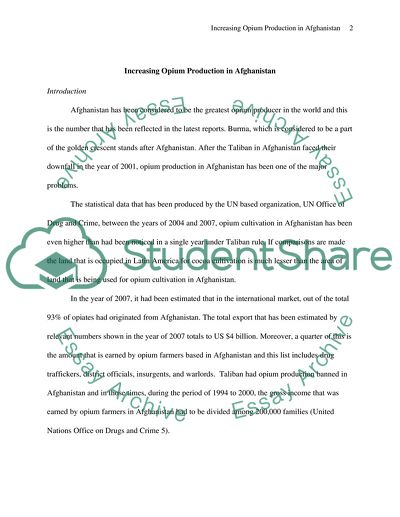Cite this document
(History of Drug Trade in Afghanistan Research Paper, n.d.)
History of Drug Trade in Afghanistan Research Paper. Retrieved from https://studentshare.org/history/1725014-history-of-drug-trade-in-afghanistan
History of Drug Trade in Afghanistan Research Paper. Retrieved from https://studentshare.org/history/1725014-history-of-drug-trade-in-afghanistan
(History of Drug Trade in Afghanistan Research Paper)
History of Drug Trade in Afghanistan Research Paper. https://studentshare.org/history/1725014-history-of-drug-trade-in-afghanistan.
History of Drug Trade in Afghanistan Research Paper. https://studentshare.org/history/1725014-history-of-drug-trade-in-afghanistan.
“History of Drug Trade in Afghanistan Research Paper”, n.d. https://studentshare.org/history/1725014-history-of-drug-trade-in-afghanistan.


